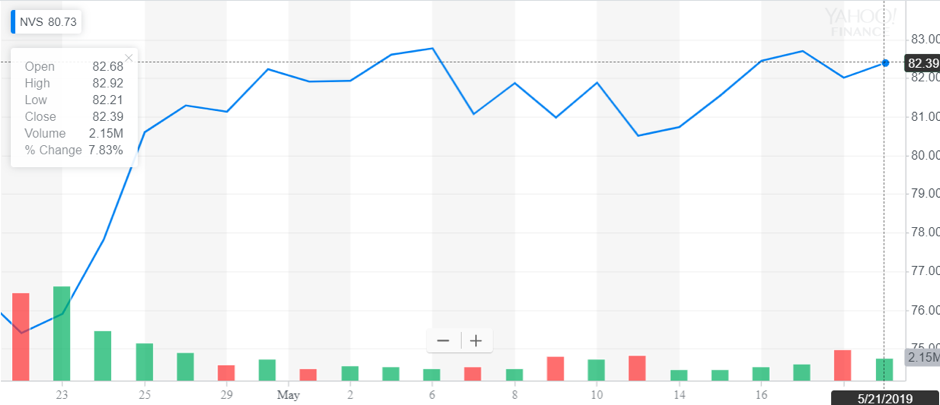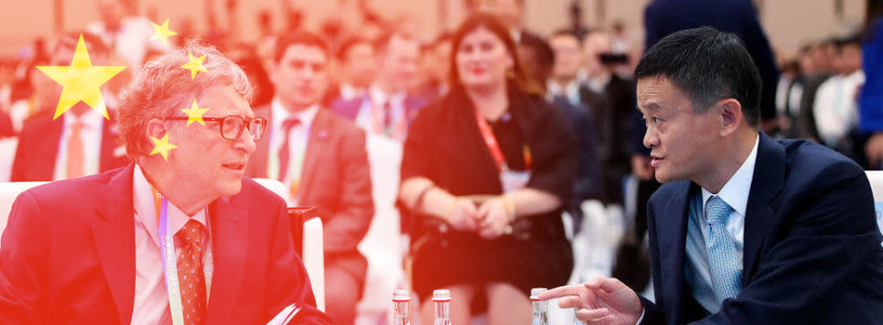By now, everyone knows that Chinese consumers are driving luxury purchases worldwide. As little as five or six years ago, shoppers in the country were playing a game of “conspicuous consumption” whereby big flashy designer labels were used to offset the awkwardness that accompanies a sudden change in fortunes. If you came from a long line of dirt-poor farmers in a rural village no one has ever heard of, and then suddenly found yourself living in a city and working in retail or manufacturing, you might want to demonstrate how far you’d come. Many young Chinese found themselves making more than all of their recent ancestors combined through the country’s sudden and incredible economic growth and urbanisation.
As early as 2013, China was already the world’s biggest spender when it came to luxury. In the years since, it has continued to grow at an outsized pace, becoming more relevant to international luxury companies, and driving consumption.

That, however, is an old story. Chinese consumers matured at an incredible pace. In just a few years, they’d developed an appreciation of quality, an understanding of sophisticated understatement, their own unique preferences for luxury consumption, and more. The result has been their ever-increasing importance to the luxury sector: as Chinese shoppers continue to spend more, they are no longer passive participants in luxury – now, they are dictating trends and fashions.
One recent development, which is somewhat counterintuitive on first glance, is the impact that China’s infamous 996 culture is having on luxury consumption.
If you haven’t heard of 996 culture, here’s the run down: 996 refers to a work schedule of 9am to 9pm, 6 days a week. Less formally, it is used in the country to describe any working week of sixty hours or longer. There is a huge pressure on younger Chinese professionals – particularly in the tech sector – to work these long hours in exchange for success. It’s a contentious subject: Alibaba’s Jack Ma recently caused controversy by defending 996 culture – a number of other big names in China have condemned it. Regardless of where you stand, however, one thing is certain: the culture is ubiquitous, and unless Beijing decides to legislate against it, it looks like it’s here to stay.
According to Jing Daily, these overworked millennials treat themselves to luxury purchases “as a gesture of self-reward or self-care.” The publication interviewed two young women who identified with the topic under discussion:
Maggie Chen, a successful junior editor for a Shenzen-based media company, said: “In the highly competitive media industry, 996 is simply expected from someone inexperienced like me. How can I work so hard and not reward myself? I always put aside a certain amount of my salary for luxury, because making myself look better is a worthwhile investment.”
Tianxin Luo, a financial analyst in Hong Kong, said she had just purchased her first Hermes handbag – a milestone event: “I am overjoyed by my first Hermès, because this is the first real luxury I rewarded myself with for working like a machine for two years straight! I think Jack Ma is right. 996 is a fortune to young, ambitious people. [But] if you don’t even have the desire to spend, you won’t be motivated to advance in a career.”
Disclosure
Dominion’s Global Trends Luxury Fund has a significant exposure to the Chinese luxury market, including international and domestic players.
Author: Theo Leworthy
Disclaimer: The views expressed in this article are those of the author at the date of publication and not necessarily those of Dominion Capital Strategies Limited or its related companies. The content of this article is not intended as investment advice and will not be updated after publication. Images, video, quotations from literature and any such material which may be subject to copyright is reproduced in whole or in part in this article on the basis of Fair use as applied to news reporting and journalistic comment on events.


